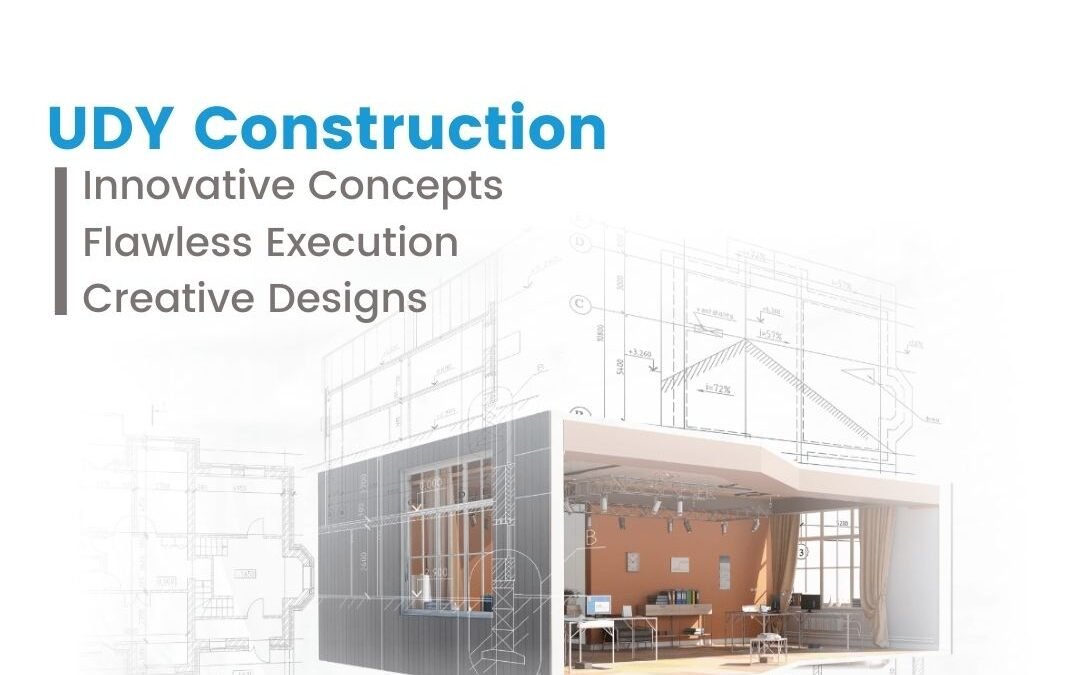3D modeling refers to the process of creating a mathematical representation of a 3-dimensional object or shape. 3D models are now widely used in a variety of industries, such as Motion pictures, Video Games, Architecture, Construction, Product development & Medical. All these industries are using 3D models for visualizing, simulating, and rendering designs. It is widely gaining popularity due to the plethora of benefits it offers.
3D modeling is used at the initial stage of building a project to simulate various designs, estimate expenses, and discover any defects in architectural models.
3D representations of the outer area must be created for the following purposes:
- Calculate the expenses of ground levelling, foundation pouring, and other preparations to work correctly.
- Weather effects, such as the light streaming in through windows and the possibility of floods, can be simulated.
- Estimate the influence of the structure on the surrounding neighbourhood and area in terms of throwing shadows.
The landscape will be the starting point for a 3D model that will be built up by architects and engineers until it is a near-perfect representation of the planned project.
It used to be impossible for people to properly comprehend how a building project will appear after it is finished. Architects, engineers, and stakeholders may now walk around a virtual model of a project before it is done, thanks to developments in 3D modeling. It is more than just a matter of appearances. Construction project pricing is greatly aided by complex, accurate 3D modeling since it is much simpler to obtain precise measurements of the materials and labor required.
3D models can have materials & engineering solutions swapped out during the planning to improve upon costs without reducing safety or stability.
The more realistic the 3D models are in the early stages of the project, the less probably, it is that the building project will require revision. Reworks on construction projects may cost a corporation millions of dollars, and they generally happen when inaccuracies in the initial data are discovered and modifications are required.
The 3D models may still be used during the construction. During construction, 3D models are utilized to guarantee that the project stays on track and scheduled. Comparison between the present work and predicted work can be done to see whether their work is consistent with the projections.
The building business will be able to assess any alterations and make revisions as needed if the present 3D scans do not match the models as they should.
One of the advantages of good 3D modelling is that the data will live on and is available in the future. If a construction project is expected to be continuing, with regular renewals, renovations, and updates, the original 3D models of the project will be valuable for a long time.
Architects and engineers will be able to run through the scenarios for potential adjustments to the project before it is completed, they will already have data about the surrounding topography and upgrades.
Drones are used to perform regular lidar scans and safety checks on an ongoing construction site, and they have the benefit of being entirely non invasive and non disruptive. UDY Homes will use Axesmap drones, which helps in construction scheduling and costing, real-time recording, reporting, billing, verification & planning

